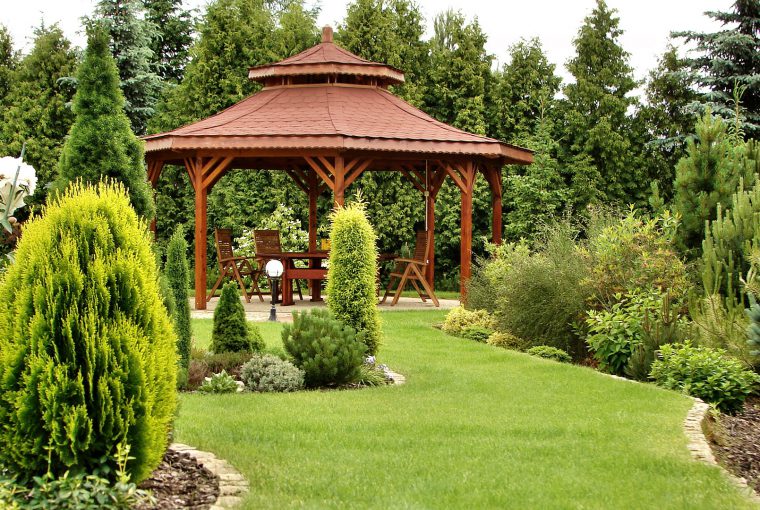Water-greedy lawns – nice but nasty
Many people love a beautiful, well-manicured lawn but exotic lawns use an enormous amount of water, are maintenance intensive, can be unhealthy (especially for children prone to allergies), and discourage the presence of wildlife. Ideally, they should be banished. It is more eco-friendly to choose indigenous lawn species and replace unused lawn space with indigenous ground covers.
Native grasses are important for holding the soil in place and as larval host plants for many butterflies and pollinating insects. They add peaceful, natural structure and form to a wildlife garden and are particularly beautiful in and next to water. Experiment with a few different grasses if you want your garden to mimic the flow, form and creativity of nature.
Tips from top landscapers
If you enjoy a swathe of emerald green, exotic (non-indigenous) lawn, here are some tips for saving water and maintaining a more eco-friendly lawn:
- Apply organic fertiliser just before the rainy season
- Mow frequently but lightly – don’t cut the grass below 4cm in height because this reduces
root depth, causing stress on the lawn - Aerate the lawn to improve water penetration by pushing a garden fork into the soil
(preferably when wet) at a spacing of 25mm and a depth of 100mm - Wait until the very end of the dry season before you scarify, top dress, aerate and fertilise the lawn. Once fertiliser is applied, the lawn will start growing and might need watering. By waiting as late as
possible, the new lawn growth will be irrigated naturally when the rains begin - Don’t compact your lawn by parking cars on it
Perennials
- Annuals take a great deal of input to grow from seed or seedlings each year, are costly and only briefly
rewarding whereas perennials, once settled, need very little maintenance or replacing - Perennial plants don’t die down or need to be replanted each year, saving a lot of effort digging,
sowing seeds and cleaning up - A few rewarding indigenous perennials are Felicia amelloides (Blue marguerite), Dietes grandiflora (Wild iris) and the ever popular Agapanthus africanus (Agapanthus)
Download the Pam Golding Guide to Biodiversity
Posted by The Know - Pam Golding Properties





